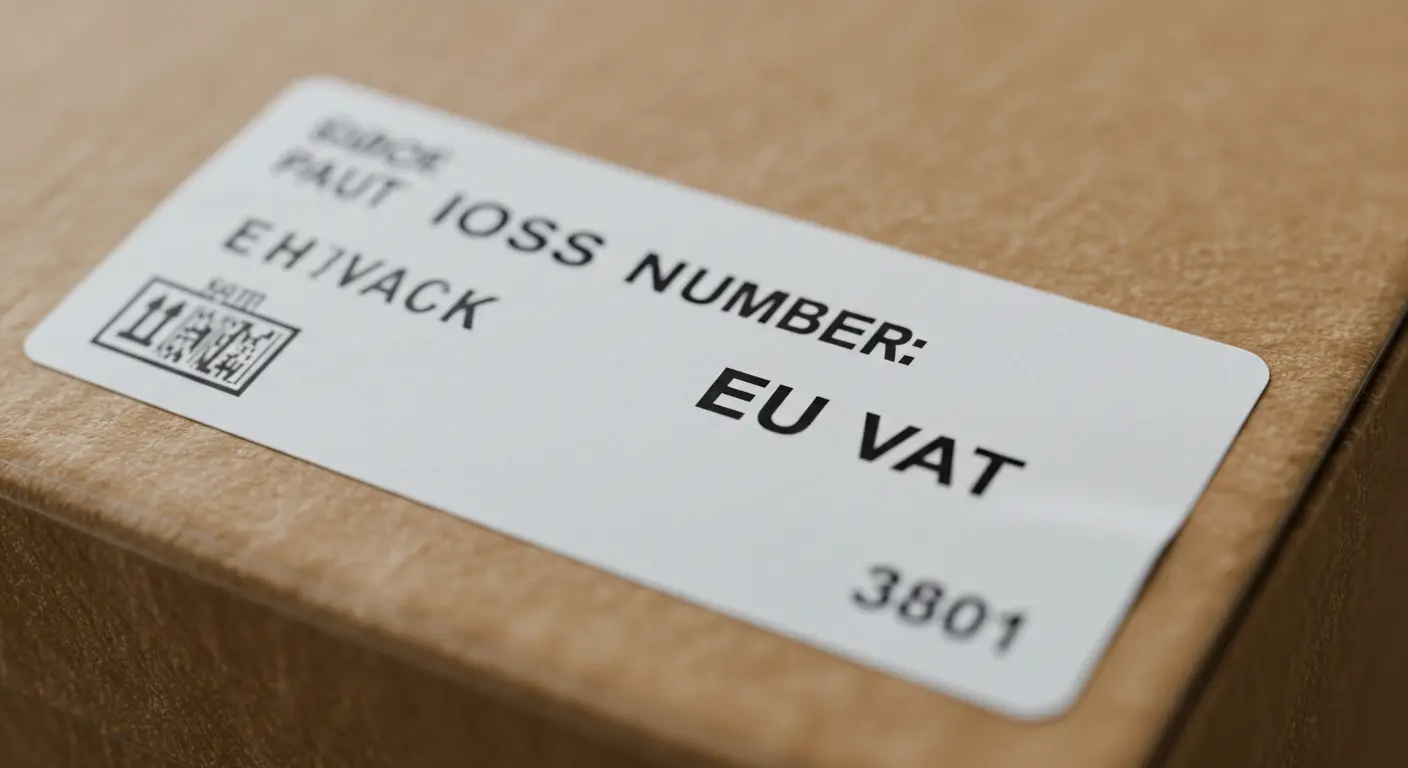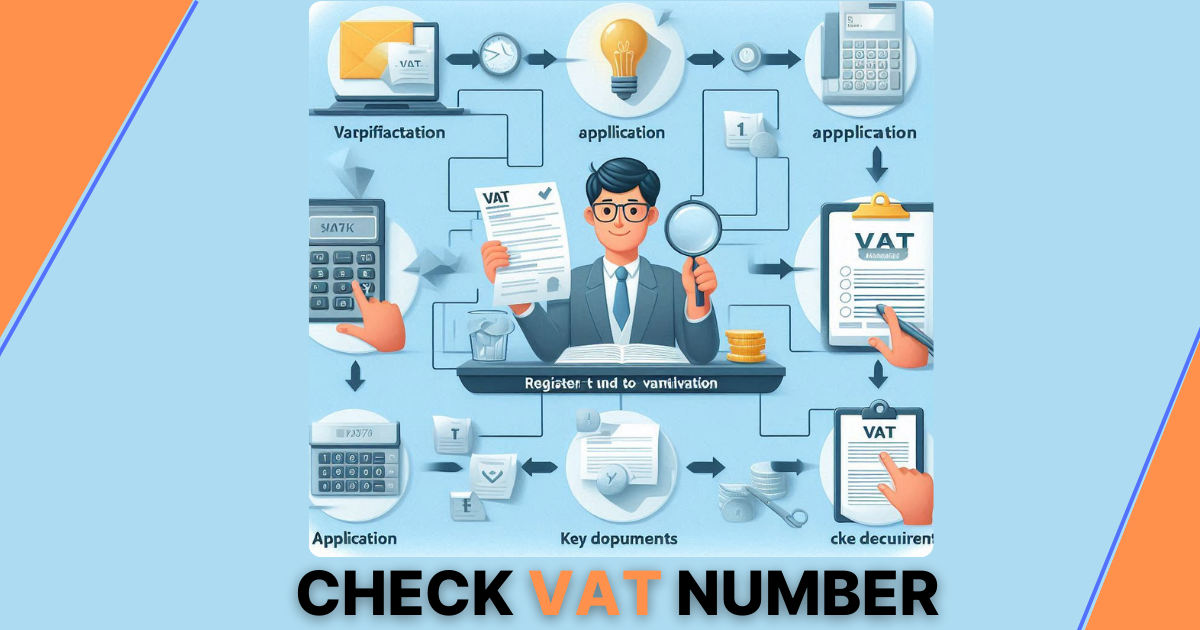Value Added Tax (VAT)
Value Added Tax (VAT) is a critical aspect of doing business in the UK, impacting everything from pricing strategies to tax reporting. Whether you’re a business owner or a consumer, understanding VAT is essential. This comprehensive guide will cover everything you need to know about VAT in the UK, including how it works, the VAT rate for 2024/25, and important considerations like VAT penalties and exemptions.
What is VAT?
VAT stands for Value Added Tax, a consumption tax applied to most goods and services sold in the UK. It’s called a “value-added” tax because it’s levied at each stage of the supply chain, from production to the final sale, on the value added to the product or service at that stage.
How VAT Works
VAT is collected by businesses on behalf of the government. When a business sells a product or service, it adds VAT to the sale price. The business then pays this VAT to HMRC (Her Majesty’s Revenue and Customs), minus any VAT the business has paid on its purchases, known as input tax. This system ensures that VAT is ultimately paid by the end consumer.
What is the VAT Rate?
As of the 2024/25 tax year, the standard VAT rate in the UK remains at 20%. However, there are reduced rates for certain goods and services, such as a 5% rate for some energy-saving products and a 0% rate for most food and children’s clothing.
History of Value-Added Taxes
VAT was introduced in the UK in 1973, replacing Purchase Tax. The Value Added Tax Act of 1994 is the primary legislation governing VAT in the UK, outlining the rules for charging, collecting, and paying VAT.
What is the VAT Threshold in the UK? (2024/25)
For the 2024/25 tax year, the VAT threshold—the turnover amount at which a business must register for VAT—is set at £90,000. This VAT limit of 2024 means that if your taxable turnover exceeds £90,000 in any 12 months, you must register for VAT.
Understanding Value-Added Taxes (VATs)
To grasp the full scope of VAT, it’s important to understand its role in the economy. VAT is a significant source of revenue for the UK government and is widely used in many countries around the world. It’s designed to be a fair tax system where businesses act as tax collectors, passing the cost of VAT to the final consumer.
Registering for VAT
If your business’s turnover exceeds the VAT threshold, you are legally required to register for VAT with HMRC. You can also opt for voluntary registration if your turnover is below the threshold. Once registered, you’ll receive a VAT number—a unique identifier that you must include on all VAT invoices and returns.
How to Calculate VAT
Calculating VAT is straightforward. To calculate the VAT on a product or service:
- Including VAT: Multiply the net amount by 1.20 (for the 20% standard rate) to get the total price including VAT.
- Excluding VAT: Divide the total price by 1.20 to find the net amount and then subtract this from the total to find the VAT.
For example, if an item costs £100 excluding VAT, the price including VAT would be £120. If the item costs £120 including VAT, the net price (excluding VAT) would be £100, and the VAT would be £20.
What is a VAT Return?
A VAT return is a form submitted to HMRC, usually every quarter, summarizing the VAT you’ve charged on sales and the VAT you’ve paid on purchases. This form calculates the difference between these two amounts, determining how much VAT you owe or can reclaim. For a clearer picture, here’s a VAT return example:
- Total sales including VAT: £120,000
- Total VAT charged on sales: £20,000
- Total purchases including VAT: £60,000
- Total VAT paid on purchases: £10,000
- VAT payable to HMRC: £20,000 (charged) – £10,000 (paid) = £10,000
What is My VAT Number?
Your VAT number is a unique identifier assigned to your business when you register for VAT. It must be included on all invoices you issue, as well as on VAT returns and other official documents. This number helps HMRC track your VAT payments and ensures that your transactions are correctly recorded.
VAT Penalties
Failing to comply with VAT regulations can lead to significant penalties. These can include fines for late registration, late filing of VAT returns, or underpayment of VAT. It’s crucial to stay compliant to avoid these penalties, which can escalate quickly depending on the severity and duration of the non-compliance.
Can You Claim VAT Back in the UK?
Yes, businesses can reclaim VAT paid on business expenses, known as input tax. This is one of the benefits of being VAT-registered. To claim VAT back, you need to ensure that the expenses are for business purposes and that you have valid VAT invoices from your suppliers.
What Items Are Not Subject to VAT?
Some items are either exempt from VAT or zero-rated, meaning VAT is not charged to them. These include most food and drink, children’s clothing, books, and newspapers. It’s important to know what goods and services fall into these categories to ensure proper VAT treatment.
What About Properties and VAT?
VAT on property transactions can be complex. Generally, the sale of residential property is exempt from VAT, but the sale of new commercial properties can be subject to VAT. Additionally, certain property-related services, like construction, may also have specific VAT rules. Consulting a VAT expert is advisable when dealing with property transactions to ensure compliance.
Conclusion
VAT is a crucial element of the UK tax system, impacting both businesses and consumers. Whether you’re calculating how much is VAT in the UK in 2024, considering the VAT threshold for 2024/25, or dealing with VAT on property transactions, staying informed and compliant is essential. Understanding the basics of Value Added Tax helps you make better financial decisions, whether you’re a business owner or a consumer.
For tailored advice and assistance with VAT registration, calculation, or compliance, contact Xact+ Accountants. Our experts are here to help you navigate the complexities of VAT, ensuring your business remains compliant and successful.
















